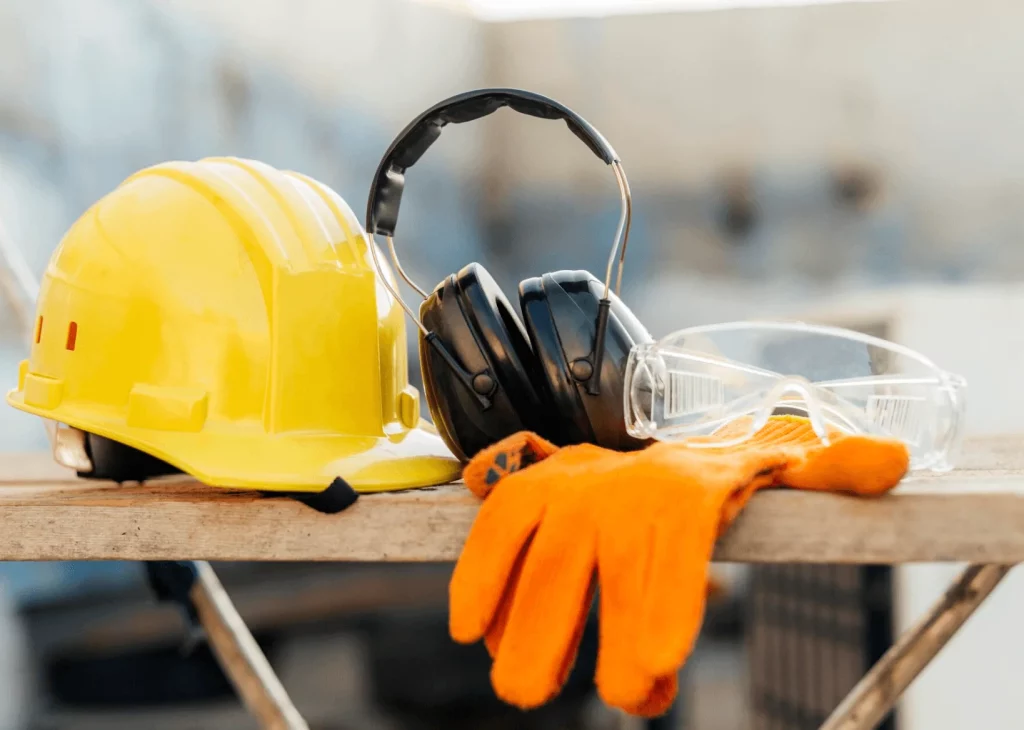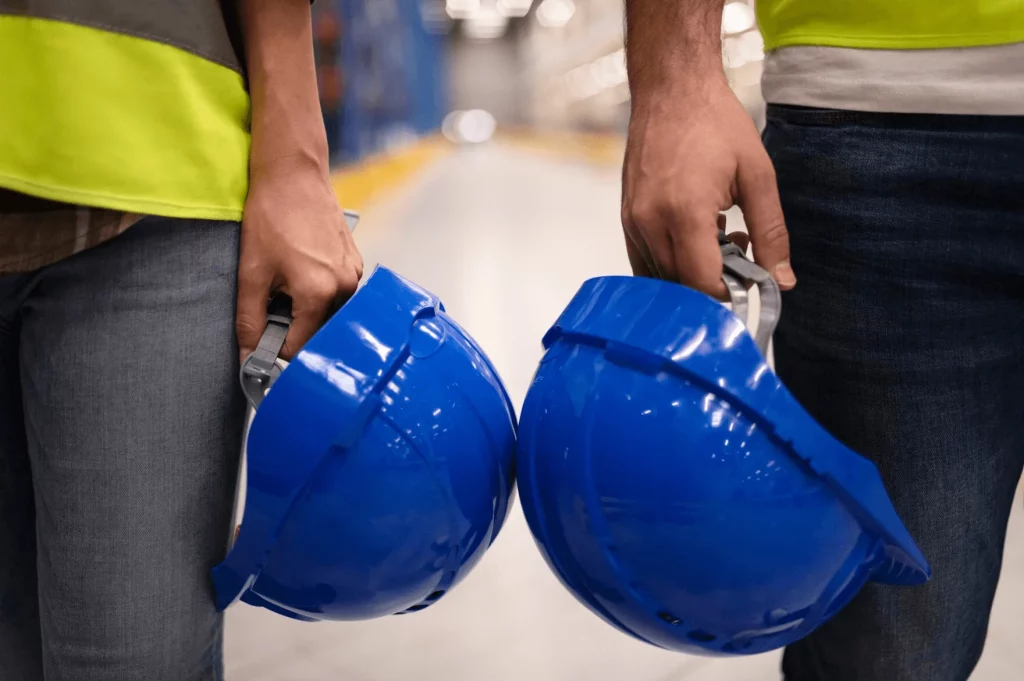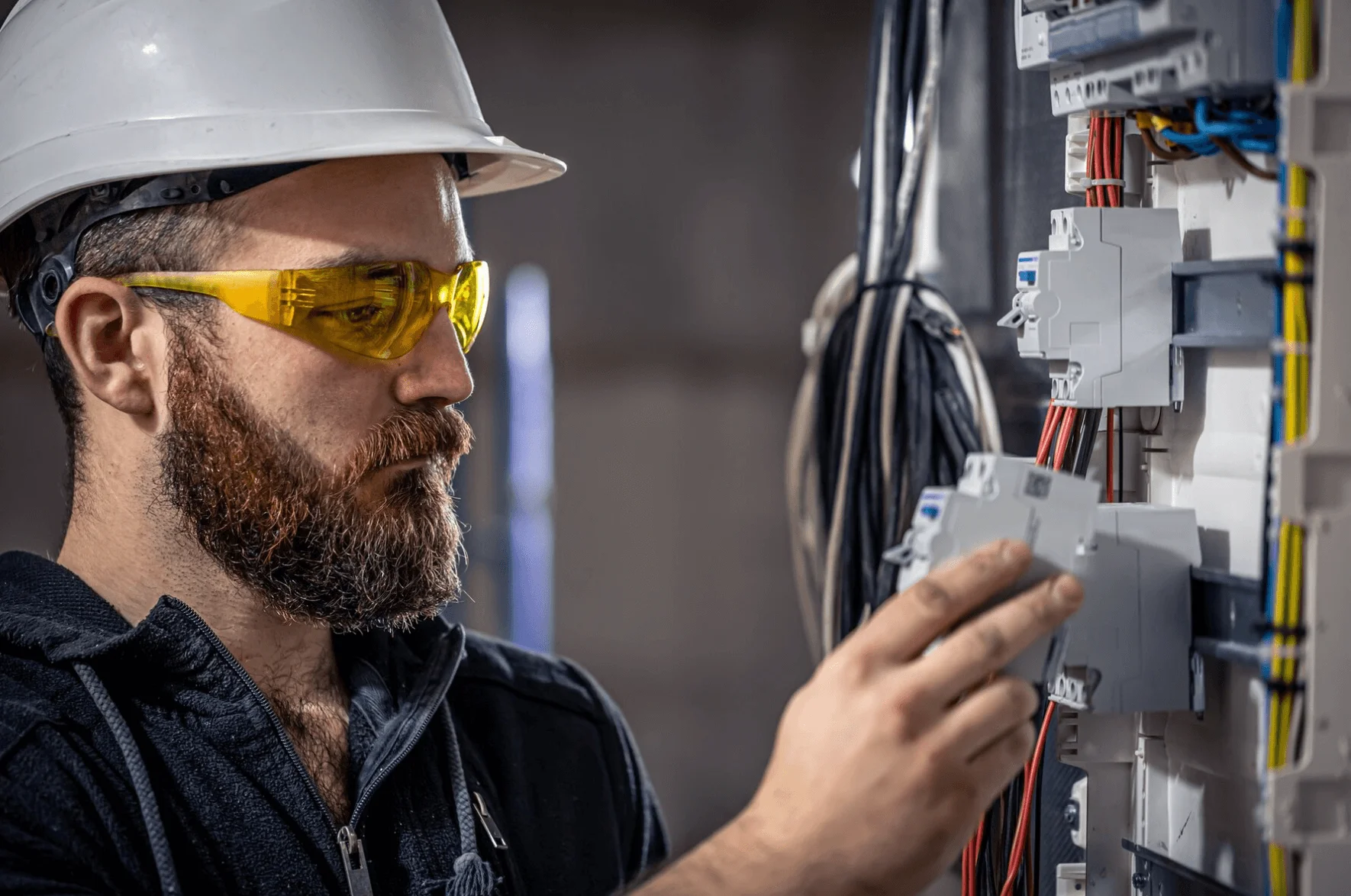Ensuring the safety of your employees should be paramount. To achieve this, lone worker protection solutions exist, allowing for quick intervention in case of danger. But which solution should you use? Are you required to equip your lone workers with a protection solution?
- What is a lone worker protection solution?
- Why equip your employees with lone worker protection?
- The different lone worker protection devices
- Is it mandatory?
What is a lone worker protection solution?
Definition of a lone worker protection solution
A lone worker protection solution is a system designed to ensure the safety of workers who operate alone in potentially hazardous professional environments. These devices are particularly used in sectors such as construction, industry, maintenance, and other fields where workers may be isolated.
The basic principle of a lone worker protection solution is to enable a worker to trigger an alarm in case of emergency or dangerous situation. This can be done manually, where the worker voluntarily activates the alarm, or automatically, for example, in the case of prolonged motion detection absence.

Difference between lone worker protection systems
Lone worker protection encompasses a range of measures and devices designed to ensure the safety of workers operating alone in potentially dangerous environments. Here are some general clarifications:
- Lone Worker Protection:
Meaning: Lone worker protection encompasses a set of measures and devices put in place to ensure the safety of workers operating alone in potentially dangerous environments.
Characteristics: Lone worker protection devices may include features such as geolocation, two-way communication, motion detection, etc.
Main objective: To ensure the safety and well-being of isolated workers by implementing preventive and reactive measures.
- Lone Worker Alarm Device:
Meaning: The term “lone worker alarm device” often refers to specific systems that allow isolated workers to trigger an alarm in case of emergency or danger.
Characteristics: A lone worker alarm device can include features such as portable alarm buttons, motion sensors, geolocation devices, etc.
Main objective: To enable the isolated worker to quickly signal an emergency situation, thus triggering a rapid intervention to ensure their safety.
In summary:
- Lone Worker Protection is a broader concept encompassing various safety measures.
- Lone Worker Alarm Device specifically refers to devices that allow isolated workers to trigger an alarm.
Why equip your employees with lone worker protection?
Equipping your employees with lone worker protection offers several advantages in terms of safety and risk management. Here are some reasons why companies choose to adopt these solutions for their isolated workers:
- Quick response in case of emergency: Lone worker protection solutions allow isolated workers to quickly trigger an alarm in case of emergency, such as an accident, sudden illness, or any other threat to their safety. This facilitates a rapid intervention to minimize harmful consequences.
- Reduction of undetected accident risks: Workers operating alone in potentially hazardous environments are more exposed to accident risks. Lone worker protection helps reduce these risks by ensuring constant monitoring and providing an immediate way to report issues.
- Improved emergency response: In case an alarm is triggered, lone worker protection devices can transmit real-time location information, facilitating the precise location of the worker in distress. This speeds up the response time of rescuers and allows for more effective intervention.
- Enhanced sense of security: Equipping workers with a lone worker protection device can improve their sense of security. Knowing they have a quick and effective way to report an emergency situation, employees can feel more confident and reassured in their work environment.
- Regulatory compliance: In many regions, there are specific regulations regarding the safety of isolated workers. Using lone worker protection devices can help companies comply with these standards by implementing adequate safety measures.
- Performance and movement tracking: Some lone worker protection devices offer features for tracking workers’ performance and movements. This can be useful for optimizing operations, planning routes more efficiently, and ensuring a judicious use of resources.
In summary, equipping isolated workers with lone worker protection improves worker safety, allows for a quick response in case of emergency, and contributes to regulatory compliance. It is an essential preventive measure to ensure the well-being of employees and minimize risks associated with working alone.

The different lone worker protection devices
There are several types of lone worker protection devices that can be used to ensure the safety of isolated workers. These devices vary in terms of their features, portability, and communication capabilities. Here are some of the main types of lone worker protection devices:
- Smartphone with dedicated application: Mobile applications specially designed for the safety of isolated workers can be installed on smartphones. These applications can integrate features such as alarm triggering, real-time geolocation, and two-way communication.
In many sectors, field workers operate alone. If they are exposed to risks, there is no one to assist them.
Discover the Nomadia Protect application and ensure the protection of your lone workers in case of accidents, falls, illnesses, or assaults with the most comprehensive solution on the market.
- Portable alarm button: Often a small portable device, in the form of a badge or remote control, equipped with an alarm button that the worker can press in case of emergency. Some models may also have features such as fall detection.
- Smartwatch: Offers complete protection against the two major risks faced by your employees in isolation, namely assaults and accidents. Thanks to its discreet wrist wear, it allows effective communication and alert in case of emergency.
- Motion detection device: Some lone worker protection devices integrate motion sensors that detect the absence of movement for a defined period. If no movement is detected, the device can automatically trigger an alarm.
- Geolocation (GPS): Lone worker protection devices equipped with GPS allow real-time tracking of isolated workers’ locations. This facilitates quick localization in case of emergency and improves safety during movements.
- Fixed location beacon: In some environments, fixed location beacons can be installed. Workers carry a receiver that communicates with these beacons, allowing their position to be monitored in real-time.
- Walkie-talkie: These devices can be used in areas where cellular coverage is limited. Discover our article on the subject for more information.
Is it mandatory?
It is imperative for an employer to ensure the safety of their employees working out of their visual and auditory range by providing them with an alarm device. The lone worker protection device offers the possibility for these employees to be rescued in case of an accident. Moreover, according to Article L4121-1 of the Labor Code, the implementation of the lone worker protection device is a requirement for employers of isolated workers, who must take all necessary measures to ensure the safety of their staff.
Therefore, lone worker protection devices are essential to ensure the safety of your isolated workers. Do not neglect them; it is a legal obligation!
Ensure you find the most suitable lone worker protection solution for your employees’ operations.

